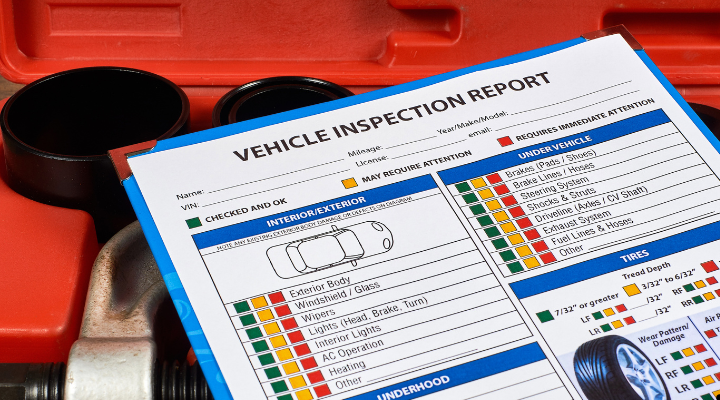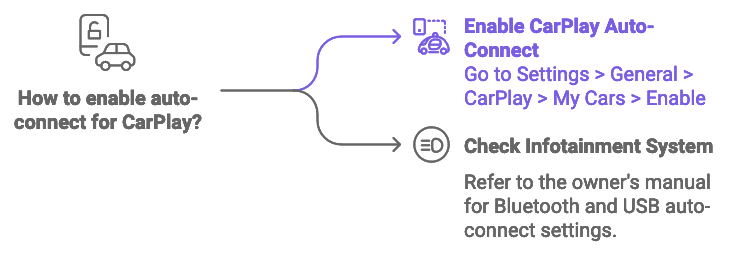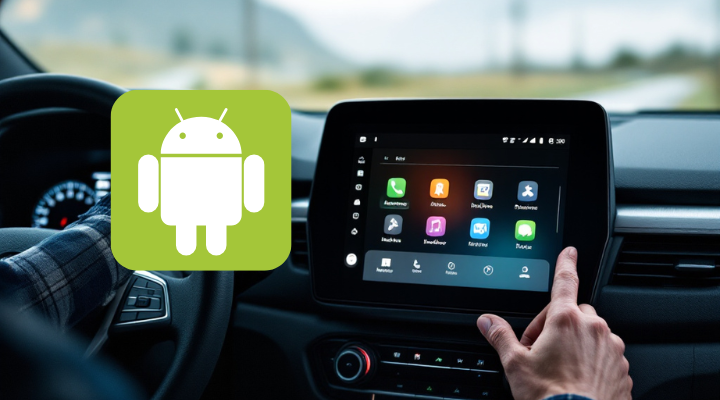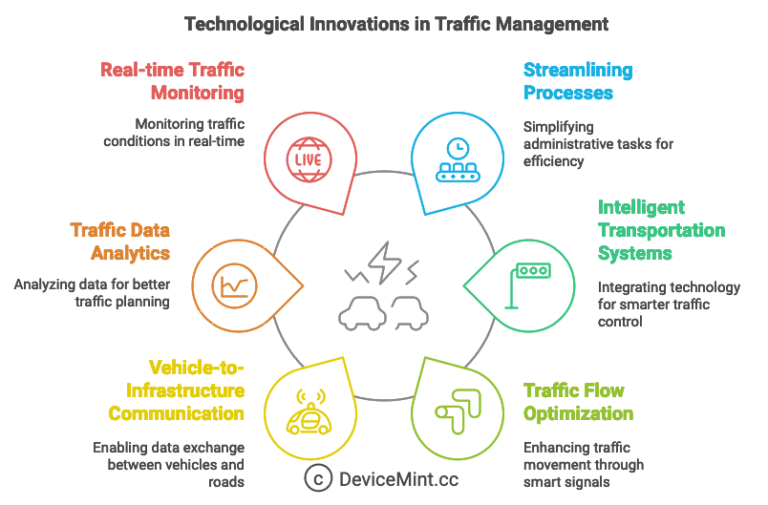How Tech is Revolutionizing Vehicle History Checks?
Technology is rapidly changing how comprehensive vehicle history checks are performed to provide more efficient and transparent insights into a vehicle’s past. Modern techniques like AI, IoT, and data analysis allow for smarter, safer decisions by tracking key details such as MOT status, mileage histories, ownership changes and more.
This guide will elaborate on the key technological innovations transforming the automotive industry and vehicle history tracking:
| Category | Details |
|---|---|
| Core Focus | Leveraging technology like AI and data analysis to enhance efficiency and transparency of vehicle history checks |
| Key Benefits | More informed decisions, detection of issues/irregularities, forecasting of valuations and lifespan |
| Methods Used | AI, IoT, telematics, computer vision, predictive analytics |
| Data Sources | VIN numbers, MOT records, telemetry data, images, service records |
| Applications | Identifying high-risk vehicles, predicting maintenance needs, ensuring standards/compliance |

AI-Driven Accuracy in Vehicle History Checks
Explaining AI’s Role
Artificial Intelligence (AI) processes large volumes of vehicle data to identify patterns not easily detected by humans. This allows discrepancies and potential issues to be flagged quickly. AI greatly enhances the accuracy and comprehensiveness of vehicle history checks.
Case Study
Berbix uses AI-powered identity verification to combat vehicle history fraud. By comparing customer data against transactional records, they can reliably trace ownership changes. Their AI models become more robust over time.
Leveraging VIN for Comprehensive Vehicle Insights
VIN as a Key Identifier
The Vehicle Identification Number (VIN) serves as a unique fingerprint for tracing a vehicle’s history. It connects the vehicle to key details like manufacturing specs, registration, titling, and ownership changes through an unbroken chain of custody.
Integration with Modern Techniques
By integrating VIN data with other systems, far more comprehensive insights are possible. For example, VIN-connected telematics provide ongoing data on vehicle usage. And VIN searches enable accessing repair records from unconnected workshops when checking service history.
IoT and Telematics in Real-Time Vehicle Monitoring
IoT Devices and Telematics
Internet of Things (IoT) sensors and telematics systems in vehicles allow for real-time collection of service, mileage, and diagnostics data. This facilitates continuous monitoring of vehicle health.
Benefits of Continuous Data Collection
With continuous access to fresh vehicle usage data, history reports can be kept up-to-date. Issues get flagged as they occur, enabling predictive maintenance. This allows for more accurate valuations and risk assessments.
Image Recognition and Computer Vision in Vehicle Inspections
Role of Visual Data
Image recognition and computer vision technologies help assess vehicle condition. By analyzing photos and videos, they can detect accident damage, odometer tampering, and discrepancies between visual condition and history reports.
Implementation Examples
Socure uses an image-based verification system when checking driver’s licenses to combat identity fraud. Similarly, these visual analysis techniques can flag inconsistencies in vehicle history and condition not caught through data cross-checks.
Predictive Analytics and Big Data in Vehicle History Forecasting
Using Big Data for Predictions
Examining trends across large vehicle databases allows for accurate models forecasting the reliability, lifespan, maintenance costs, and residual value of vehicles based on make, model, year etc. This facilitates data-driven purchase and investment decisions.
Identifying High-Risk Vehicles
Powerful analytics techniques leveraging comprehensive data resources help identify vehicles with troubled histories – like repeated major repairs, flood damage, or suspicious odometer readings – that make them risky purchases. These warning signs would be near impossible to catch manually.
Regulatory and Legal Considerations in Technological Advancements
Addressing Data Privacy and Security
While promising, these technologies also raise data privacy challenges. Strict protocols governing data collection, usage, storage, and sharing are essential for building user trust. Data must be handled ethically and securely.
Compliance with Standards
Adhering to sector regulations and standards remains imperative with advanced systems too. This ensures fairness, safety, and reliability for all stakeholders involved. New techniques should enhance, not undermine, existing compliance requirements.
Case Studies and Real-World Applications
Impact of Technology on Vehicle History Checks
Carfax estimates that over 50 million specific vehicle issues have been uncovered through their analysis of over 100 billion records. This includes everything from major accidents to open recalls. Such insights guard consumers from high-risk purchases.
Entrepreneurs Leading the Charge
Berbix and Socure are startups leveraging next-gen technology to combat fraud and enhance verification processes across industries, including automotive history checks. Their innovations demonstrate the power of fusing deep technology with business objectives. For further details on how technology is improving transportation, this guide on how AI and big data are simplifying traffic management provides useful context. The principles discussed apply across automotive domains.
Future Prospects and Continued Innovation in Vehicle History Checks
Ongoing Revolution
As vehicles get smarter, so do the systems tracking their histories. Rapid advancement of sensors, connectivity, batteries, software and data ecosystems ensures vehicle history checks will grow even more sophisticated.
Encouraging Smarter Decisions
Ultimately, these technological transformations aim to put more power in the hands of consumers and businesses to make informed decisions by unlocking deeper insights from vehicle history data. There is still tremendous scope for continued innovation in this direction.


